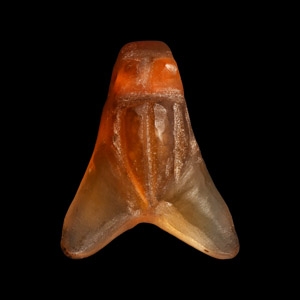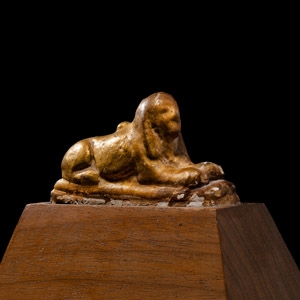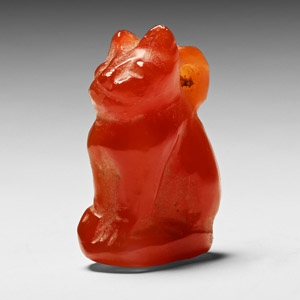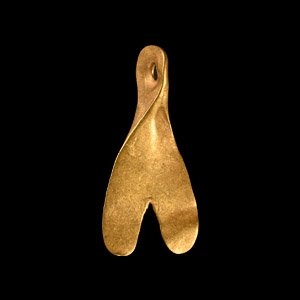Home > Auctions > 21 - 25 February 2023
Ancient Art, Antiquities, Natural History & Coins
Auction Highlights:
From an early 20th century Home Counties collection.
This lot has been checked against the Interpol Database of stolen works of art and is accompanied by search certificate no.114474-196152.
Cf. The Johns Hopkins Archaeological Museum, accession number 3791, for a similar scarab dated to the Late Period.
The Egyptians saw the scarab as a symbol of renewal and rebirth. The beetle was associated with the sun god because scarabs roll large balls of dung in which to lay their eggs, a behavior that the Egyptians thought resembled the progression of the sun through the sky from east to west. Scarab amulets were used for their magical rejuvenating properties by both the living and the dead. The regenerative powers of scarabs such as the one offered here could be used by either the living or the dead for healing and protection. The striking red/orange colour of the carnelian stone used to produce this amulet strengthens its solar associations.
Acquired 1990s.
Ex Mariaud des Serres, Paris, France.
The practice of providing a bead mask as additional protection for the face of the mummy developed in the Late Period. The green beads used as the principal colour in the creation of the stylised face symbolise regeneration and re-birth. An example discovered at Esna in Upper Egypt and still attached to the face of a mummy is on display in the World Museum Liverpool (accession number 7.6.20.60).
Acquired in the 1970s.
Important European collection.
From a UK private collection, 1975-1978.
Acquired early 1990s.
Ex private American collection; thence by descent.
Private Swiss collection since 1998.
From an early 20th century UK collection.
French collection, 1960s-early 2000s.
From an important Paris gallery, France.
Acquired before 1979.
From the private collection of Mr F. A., South Kensington, London, UK; thence by descent 2014.
From an early 20th century UK collection.
From a mid 20th century collection (based on the stand).
With Richard Gill, Eternal Egypt, London SW19, 1990s.
Acquired 31 August 1993.
Property of a South Oxfordshire private collector.
Accompanied by original invoice no.10575, dated 31 August 1993, and associated correspondence.
Acquired 1980s.
Private collection of L.H., Staffordshire, UK.
Property of a Sussex, UK, teacher.
Acquired 1970-2010.
Collection of a late Japanese gentleman.
Cf. Andrews, C., Ancient Egyptian Jewellery, London, 1990, p.174, fig.160a, for a bead string interspersed with many gold fly amulets.
265 - 276 of 2116 LOTS


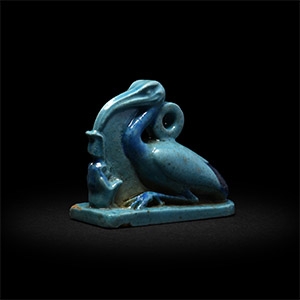



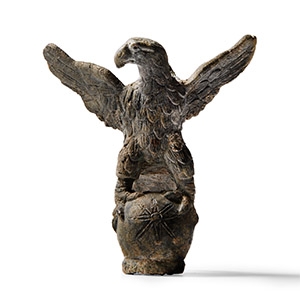
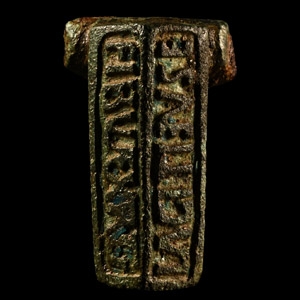

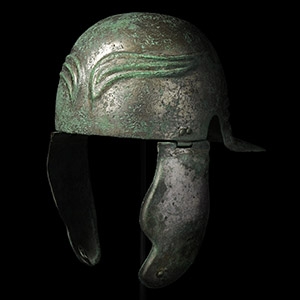
.jpg)
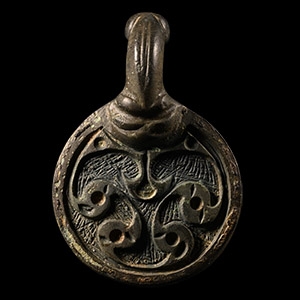
.jpg)
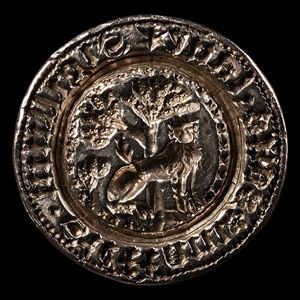
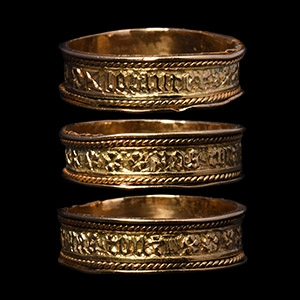


.jpg)

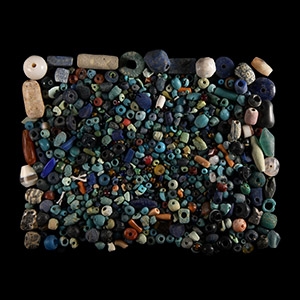
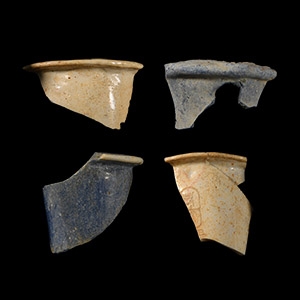


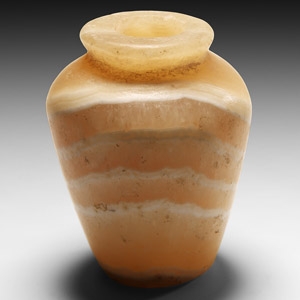
.jpg)
